UNBELIEVABLE FROZEN WONDERS
Added on: 28th Jul 2016
STRIPED ICEBERG
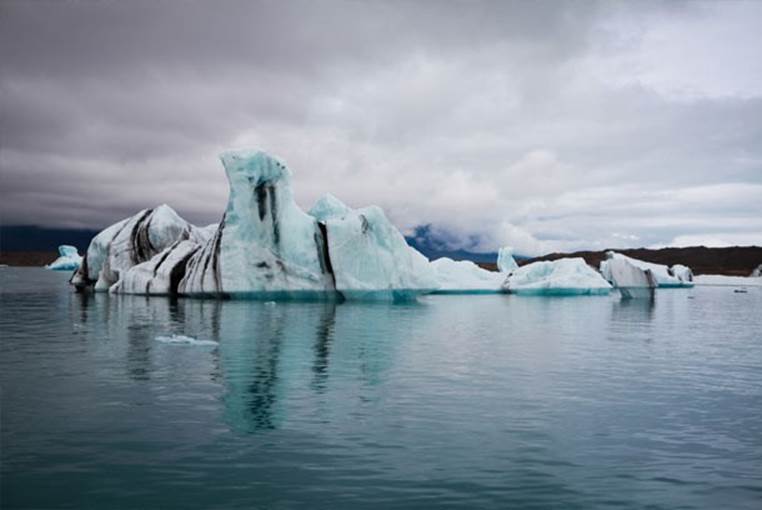
What looks like an artificially dyed iceberg is actually a
completely natural phenomenon. These astonishing Icelandic
icebergs were left with bizarre colourful lines created by
sea algae and sediment picked up by the icebergs on
their way to the sea.
ICE SHELF
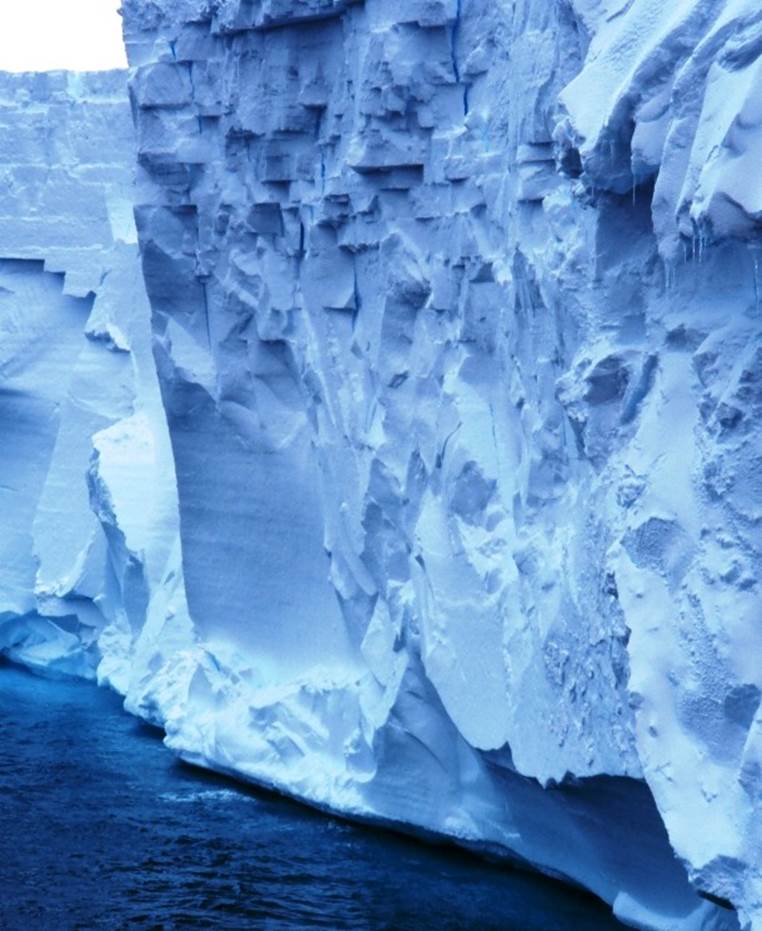
An ice shelf is a thick floating platform of ice that forms where
a glacier or ice sheet flows down to a coastline and onto
the ocean surface. Ice shelves are only found in Antarctica,
Greenland and Canada. The Ross ice shelf (featured in
the picture) is the largest in Antarctica.
ICICLE

One of the most common winter wonders, icicles form during
sunny but freezing weather, when ice or snow melted by
sunlight refreezes. Over time, continued water runoff
will cause the icicle to grow. Occasionally, icicles
can reach up to several metres in length.
ICE FLOWERS
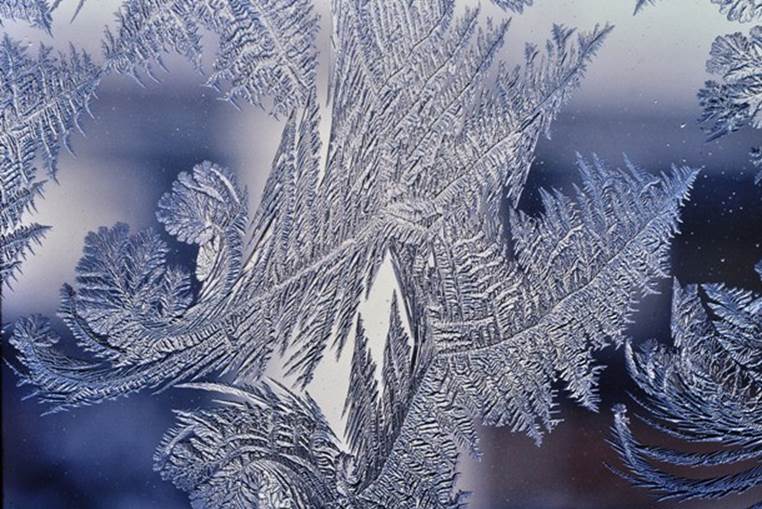
Also known as window frost, ice flowers form when a glass pane
is exposed to very cold air on the outside and warmer, moderately
moist air on the inside. The artistic-like pattern of this
phenomenon is caused by the imperfections
(e.g. scratches or dust) of the glass surface.
SNOW ROLLER

Common on hilly terrain, snow rollers form when strong winds
blow moist snow along the ground, piling it up into a cylinder-
shaped ball. When a snow roller gets too heavy to be blown
around anymore, it stops where it lies. It can grow as
large as a barrel or oil drum.
ICE SHOVE
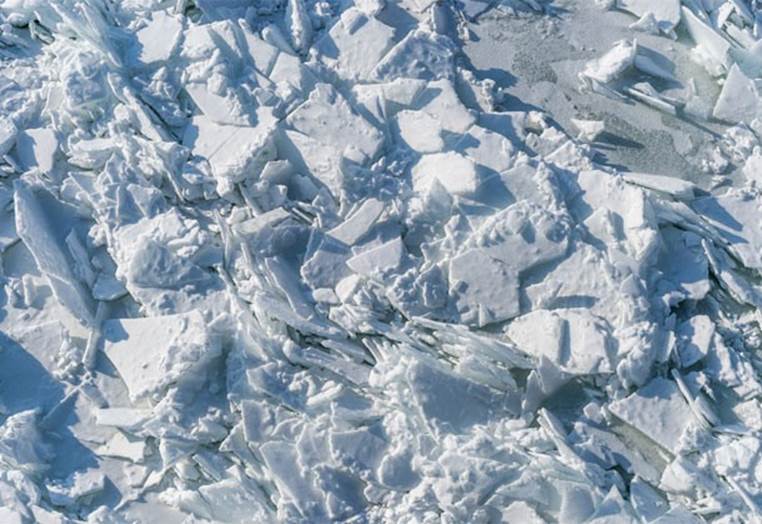
An ice shove is a surge of ice from an ocean or large lake onto
the shore caused by ocean currents, strong winds, or temperature
differences. Creating piles up to 12m (40ft) high, ice shoves can
even damage buildings and plants that are near to the body of water.
SNOWFLAKE
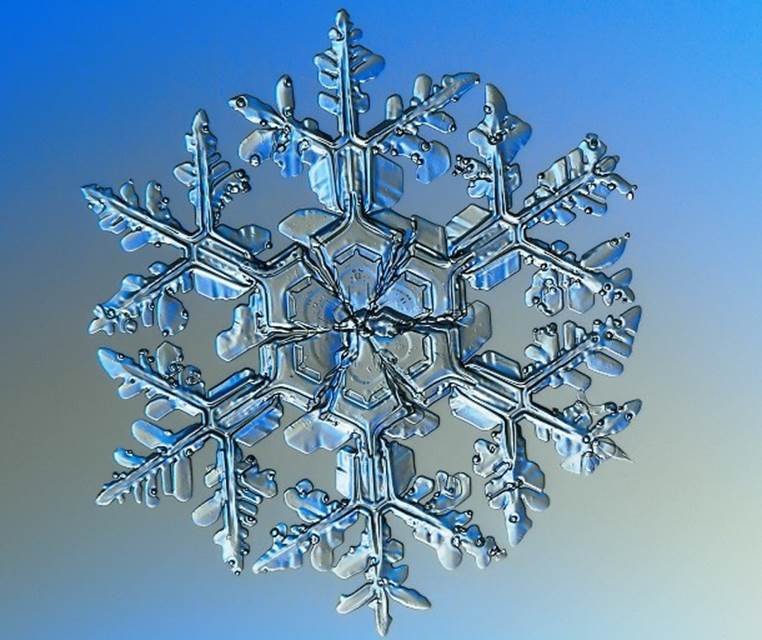
One of the most amazing frozen wonders is actually the most
common. Snowflakes consist of an unimaginable number of
water molecules growing at different rates and in different patterns.
BLUE ICE

What looks like a gigantic ice castle rising from the sea is actually
an astounding example of a rare phenomenon known as the
blue ice. In this phenomenon, ice bubbles are compressed
and light at the red end of the spectrum is absorbed,
leaving the ice masses blue in colour.

Comment on this